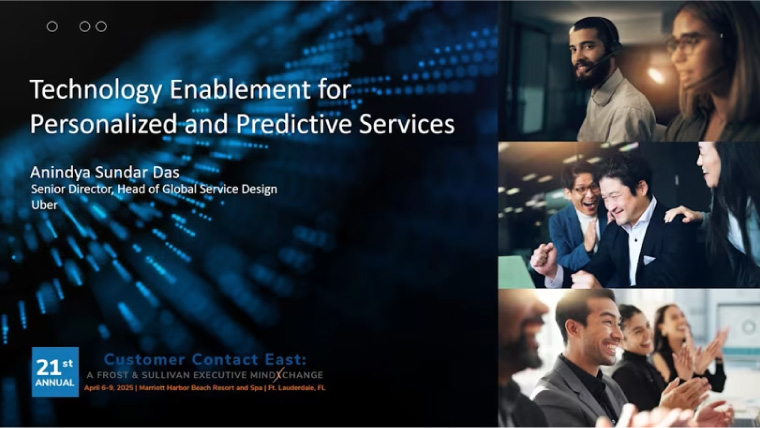In October, I facilitated a session at the Frost & Sullivan Executive MindXchange entitled The Digital Transformation Struggle, Addressing the Omnichannel Gap. Before the session, I was concerned that attendees wouldn’t engage in the discussion. Instead, I was pleasantly surprised when the opposite was the case, as the room was abuzz with idea sharing. The dialogue represented broad and diverse views, with many different industries and ideas well represented.
The biggest session takeaway was that there will continue to be a struggle to create a true omnichannel experience. Today most, if not all, brands are multichannel. Omnichannel is defined as a cross-channel sales approach that companies use to connect multiple sales channels to provide their customers a seamless and consistent shopping experience regardless of channel: bricks and mortar, telephone, online website or mobile app. True omnichannel is a challenging experience, for the typical reasons of people, process, and technology. We people often get in the way of the process. And while we think technology will be our silver bullet, there often is no silver bullet.
Of all the omnichannel challenges, I believe that people and processes are possibly the biggest issues in terms of channel and workflow ownership. Often an organization’s Customer Service department owns the contact center (voice, chat, email), while social media is frequently led by Marketing. Yet there’s a silo that needs to be broken down with this relationship, as at many companies, Marketing and Customer Service don’t even know each other much less communicate. Additionally, for many of the companies in the room, Customer Service reported to the CIO and IT organization. This structure poses another challenge, with governance not optimized for omnichannel. (As a long-term marketer, my next facilitation session will be bridging the CIO/CMO gap!) The technology struggle involves stitching together the various legacy technologies that enterprises have significantly invested in to support omnichannel implementation. From a cost perspective, leveraging previous investments is often referred to as migrating to a completely new solution.
During the session, we spoke of some of today’s best examples of seamless, effective customer service. These are purely digital, from large brands to small service industries. These well-known success stories vary, including the Walgreens IVR, Amazon’s ease of ordering, USAA’s roadside assistance app, and Uber ride credits. One thought leader even cited her exceptional customer service booking a hair appointment via Instagram.
Another session takeaway was that many companies get stalled at the first step of where to start the omnichannel journey. Our attendees shared a common experience here, and that is that getting too caught up in technology choice can lead to paralysis by over-analysis. Instead, start with those objectives that drive your business. What channels are your customers asking you for? Do they prefer an in-store experience? Self-service? Text messaging? Interestingly, T-Mobile shared their perspective on the myth that brick and mortar is dying and retail stores are closing. In fact, T-Mobile has opened more than 1,000 stores in the past two years.
Here are three other good omnichannel tips shared by attendees:
- When considering adding additional digital channels like chat or messaging solutions such as Facebook Messenger, aim for the goal of enhancing the customer experience and improving the speed to resolution rather than only reducing call volume.
- Understand that unexpected results can occur during the digital transformation journey. For example, one company’s CSAT scores went down after implementing the chat channel. However, this was not because customers were less satisfied than they were with the voice channel, but that they held the company to a higher standard in the chat channel. And scores were not negatively affected across the board—although CSAT scores declined, NPS went up.
- Be keenly aware of regulations affecting specific industries. For example, in highly regulated environments such as healthcare and financial services, companies need to more carefully guide the interaction, rather than providing too much channel choice. One example is the banking industry, where personal information cannot be disclosed over public channels such as social media. Here, a best practice is to authenticate on a mobile device in an app to quickly solve the customer’s issue.
With all of these learnings in mind, the general consensus for attendees was that the omnichannel destination is further away than most companies think. But the journey is well worth the effort, and with patience, collaboration, and customer focus, brands can easily find their “true north.”



